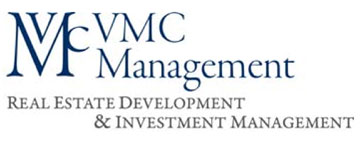In technical terms, Capitalization rate (or cap rate) is the rate of return used in real estate to determine the present value of a real estate investment based upon its future income generating benefits. Real estate agents, appraisers, investors, property tax assessors, and others that evaluate real estate investment properties analyze cap rates in one form or the other. Improper use or calculation, however, can prove costly. Cap rate should never alone be used to evaluate a property. However, it does provide a quick first-glance look at a property’s ability to product income.
The capitalization rate for an asset is the ratio of the net operating income produced by the asset and its capital cost (the price paid for the asset) or, alternatively, its current market value.
For example, if a building is purchased for a $1,000,000 sale price and it produces $100,000 in positive net operating income (the amount left over after fixed costs and variable costs are subtracted from gross lease income) during one year, then:
$100,000 / $1,000,000 = 0.10 = 10%
Therefore, the asset’s capitalization rate is ten percent.
Essentially, the capitalization rate can be transposed for in several formulas:
- Cap Rate = Net Operating Income (NOI) / Property Value
- Property Value = Net Operating Income / Cap Rate
- Net Operating Income = Property Value x Cap Rate
As mentioned earlier, improper use can prove costly. For example, most sellers always include expenses such as real estate taxes, common utilities, water and sewer charges, vacancy loss. However, don’t forget to include other factors such as maintenance expenses, and reserves and future expenses when ultimately evaluating the asset.

